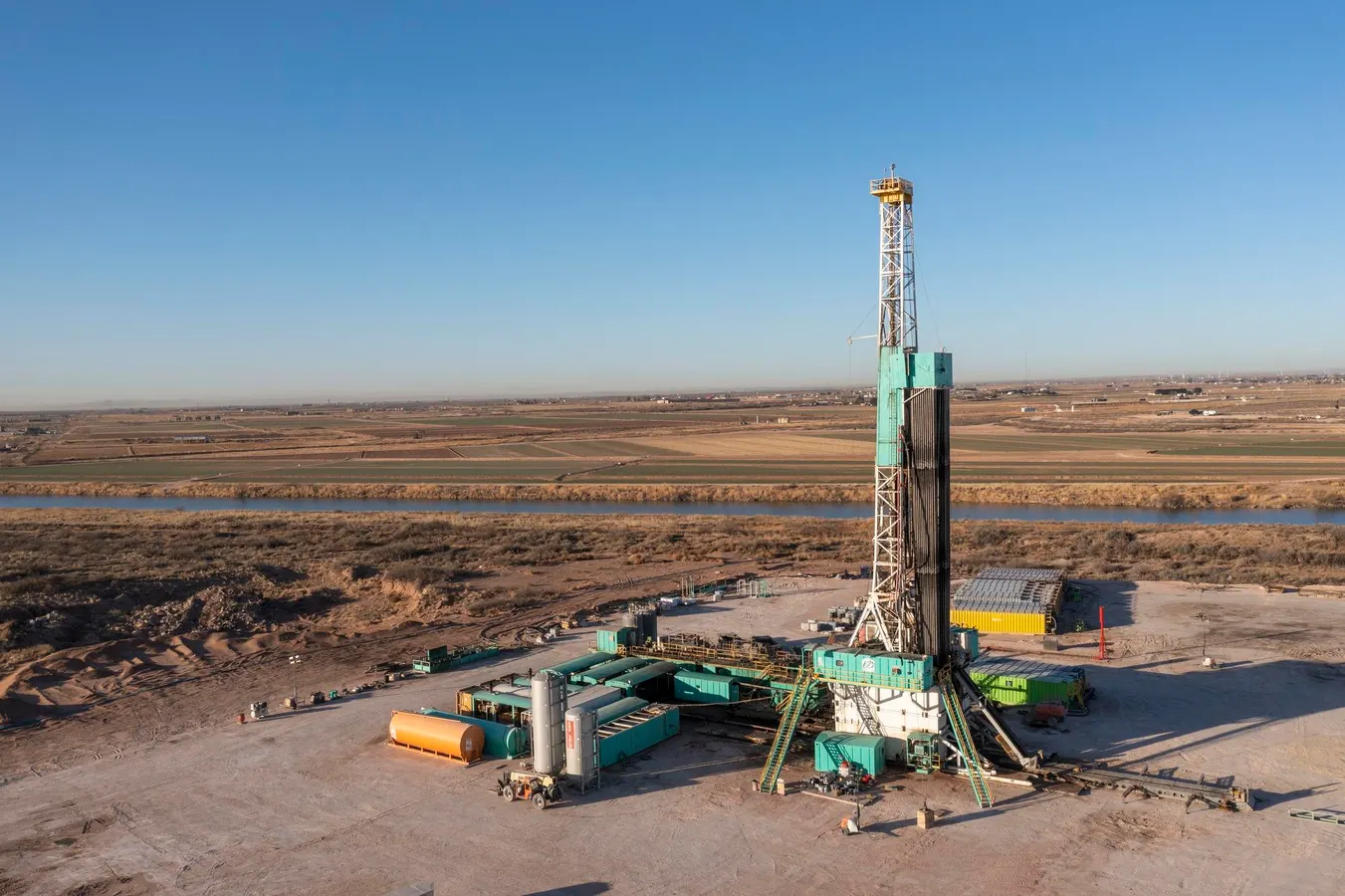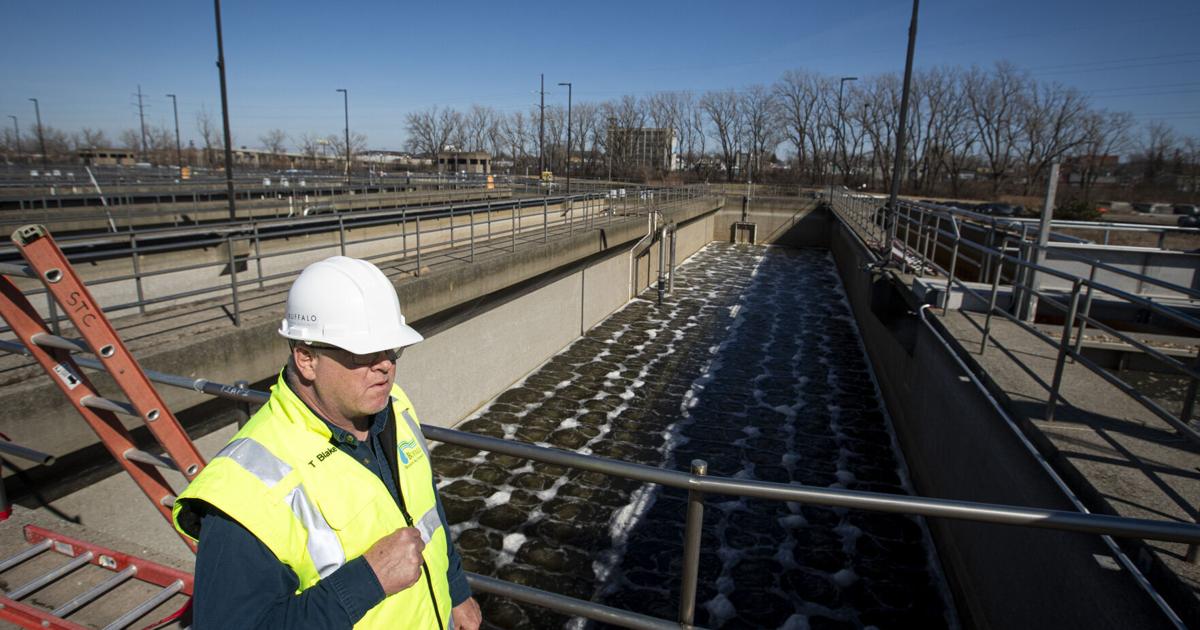By Gaurav Sharma,Saudi Arabia,Senior Contributor
Copyright forbes

An oil drilling rig along the Pecos River in the Permian Basin, New Mexico, U.S. (Photo: Jim West)
UCG/Universal Images Group via Getty Images
For much of the year OPEC+, a select group of Russia-led oil producers and the Organization of the Petroleum Exporting Countries (OPEC) spearheaded by Saudi Arabia, has been upping its crude production levels following years of restraint.
Its latest move on September 7, marked the return of 1.66 million barrels per day of OPEC+ barrels. The decision is part of an ongoing attempt by the group to unwind previously agreed cuts, announced between April and November 2023.
If what’s afoot appears unclear in terms of the group’s production, OPEC+ had two previously declared strands of cuts – a 1.65 million bpd cut by eight key members (namely Saudi Arabia, Russia, Iraq, United Arab Emirates, Kuwait, Kazakhstan, Algeria, and Oman), and a further 2 million bpd cut by the entire group in place until the fourth quarter of 2026.
Just last month, OPEC+ agreed to increase production by 547,000 bpd for September. It followed a larger-than-expected increase of 548,000 bpd for August and 411,000 bpd in May, June and July, citing “healthy market fundamentals.”
What’s absolutely clear is that another massive fight for market share has been reignited by OPEC and its partners. To this effect, OPEC alone pumped 27.84 million bpd last month, up 360,000 bpd from July, according to survey data published by Reuters.
MORE FOR YOU
The Gulf powerhouses – Saudi Arabia and United Arab Emirates – accounted for the largest share of increases. But some observers deem the Reuters survey to be on the conservative side.
According to the International Energy Agency, the producers’ group pumped around 28.66 million bpd. Additionally, Russia, the biggest contributor to ‘plus’ portion of OPEC+, produced above 9 million bpd last month, and kept the OPEC+ total above 43 million bpd.
All of this is currently accompanying record levels of non-OPEC, especially U.S. production. According to the Energy Information Administration – statistical arm of the U.S. Department of Energy – in April, the nation’s crude production came in at an all-time high of 13.47 million bpd, breaking a previous record of 13.45 million bpd set in October 2024.
And U.S. production has consistently stayed in the 13 million bpd circa since. The ranks of non-OPEC producers are also being boosted by higher output from Brazil, Canada, Guyana and Norway. Collectively, non-OPEC production growth is likely to rise by 1.4 million bpd this year, according to the IEA.
ForbesTrump’s Top Envoys Tell Europe U.S. Will Double Gas Exports In 5 YearsBy Gaurav SharmaForbesFresh OPEC+ Output Hike Marks Return Of 1.66 Million Oil Barrels A DayBy Gaurav SharmaForbesChina, India’s Coal Usage Delivers Energy Transition Reality CheckBy Gaurav Sharma
Even the most optimistic 2025-26 oil demand growth projection of 1.3 million bpd, unsurprisingly from OPEC, falls short of that non-OPEC production growth figure alone. Therefore, OPEC+ is pumping more in the full knowledge that a year-end to early 2026 oil surplus remains a very distinct possibility.
More so, as efficiency gains, and, the gradually shifting nature of oil consumption away from ground transportation toward petrochemicals and aviation add to prevailing demand uncertainties.
The market has been here before. And quite like the last instance in 2014, the key target of OPEC, and the friends it has gained since, remains the same – U.S. shale producers.
2016 And All That
Back in November 2014, with U.S. production inching up to 8.5 million bpd, OPEC kept its taps open led by then Saudi oil minister Ali Al-Naimi. Not to be outdone, U.S. producers rushed to put elaborate hedging strategies in place to protect themselves. Despite declining oil prices, production stateside rose above 9.5 million bpd instead of falling.
OPEC dug yet deeper still, as Saudi production also rose by over a million bpd to cap 10.5 million bpd. In that time, as hedges unwound shale patch bankruptcies followed stateside while OPEC members, especially those not in the Middle East, felt intense financial pain too.
Almost another year of attrition followed before the new Saudi ruler at the time – King Salman – sent Al-Naimi into retirement in the summer of 2016 and replaced him with Khalid Al-Falih, the former boss of state-owned oil company Aramco.
OPEC eventually cut its headline crude production by 1.2 million bpd (to 32.5 million) bpd at a ministers’ meeting that November, calling time on a two-year tussle that saw oil slumping below $30 per barrel at one point.
Despite a whole lot of pain for both sides, OPEC failed to achieve any tangible results. If anything, U.S.’ global market share grew in the key markets of Asia, and the country, as things stand, remains the world’s highest producer of crude oil. OPEC’s own market share continues to lurk around 35% to this day.
Will It Be Different In 2026?
As things come to a head this time around, with OPEC led by the current Saudi energy minister Prince Abdulaziz bin Salman, incremental crude supply is again tipping the market into a potential surplus, predicting a different outcome for next year is less than certain.
For all intents and purposes, Saudi Arabia remains the world’s only swing producer, i.e. having the ability to increase or decrease output at will to make a tangible difference to the global supply pool. But while it has the firepower and financial room to take on the fight, others within OPEC, with very few notable exceptions, probably don’t.
The U.S. shale patch has also undergone profound changes over the last decade. Once, driven by spirit of private enterprise and small- to medium-scale independents, a wave of consolidation has seen the big oil majors enter the fray.
Resource depletion remains an operational anxiety in the patch, as acknowledges by several industry experts at Gastech, a major energy event that concluded in Milan last week.
Many including the likes ConocoPhillips and Occidental Petroleum are currently pointing to a possible peaking of U.S. shale production sometime between 2027 and 2030.
But “bigger, smarter and more agile operators” are now firmly embedded in the patch to manage that approaching horizon as well as a low price environment, according to global financial advisory firm KPMG’s U.S. energy leader Angie Gildea. “The bigger players are more efficient in their drilling techniques and have the balance sheet to weather through lower prices.”
“So, we may see some temporary pauses on production and likely additional consolidation, but we aren’t likely to see what occurred back in 2014 because the current make-up U.S. shale producers happens to be those with stronger balance sheets, and there are fewer of them,” Gildea noted further.
“They will likely be agile. We are also likely to see them start to make significant changes to their business operating models and portfolios.”
U.S. energy secretary Chris Wright (right) and secretary of the interior Doug Burgum speak at Gastech in Milan, Italy on Wednesday, September 10, 2025.
Dmgevents, September 2025.
It’s the sort of agility that U.S. President Donald Trump’s administration is counting on and looking to support, according to U.S. energy secretary Chris Wright.
Not Going Anywhere
Speaking at Gastech, Wright said the U.S. remains a key exporter and a reliable partner to energy importing nations.
“The Trump administration will use every means at its disposal to create a positive business environment for oil companies, and we are looking for frameworks and mechanisms to lower their breakeven costs,” he added.
Describing U.S. producers as “dynamic” and “innovative”, Wright said: “I’m very bullish on the future for the American oil industry [and the American natural gas industry].”
Secretary of the interior Doug Burgum, who flanked Wright at Gastech, added: “Energy exports would be at the heart of the Trump administration’s trade and international engagement policies.”
In short, the doubters should assume that U.S. onshore and offshore barrels currently increasingly seen in the global supply pool are not going anywhere, anytime soon. Same level of robustness is feeding through from Brazil, Canada, Guyana and Norway as well, with latter’s production now at its highest since 2011.
Therefore, apart from even lower crude prices that mostly likely beckon over the coming two to three quarters, and possibly beyond, it is hard to see how OPEC, or OPEC+ as a whole, will get to a different outcome this time around as well.
Disclaimer: The above commentary is meant to stimulate discussion based on the author’s opinion and analysis offered in a personal capacity. It is not solicitation, recommendation or investment advice to trade oil and natural gas stocks, futures, options or products. Oil and natural gas markets can be highly volatile and opinions in the sector may change instantaneously and without notice.
Editorial StandardsReprints & Permissions



